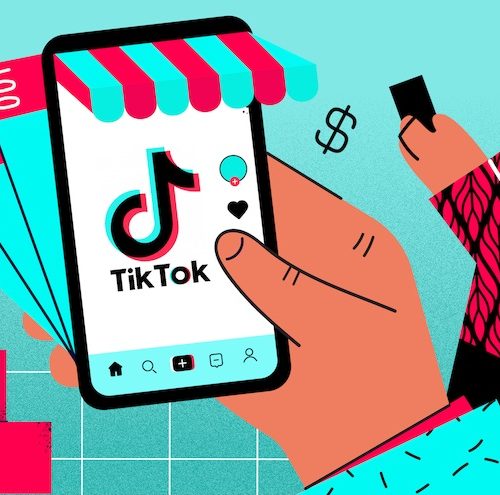Digital accessibility assures that in the digital era, everyone, regardless of ability or disability, can use digital information and services. It is critical to recognize that only some people use digital products and services in the same way. Some people use them exclusively on rare occasions. Some people absolutely avoid them. A screen reader can help a blind person, but a learning disability may need that the content is presented more clearly.
Increasing the number of individuals who have access to your digital information and services is not just moral; it also helps your firm generate more money. If you make your goods and services more accessible to the general public, you will be able to attract clients from a broader range of individuals, including those with disabilities. As more countries embrace accessibility standards and laws, ensuring that your products and services are accessible becomes increasingly important.
How will you ensure that your digital services and content are available to everyone? QualityLogic can help you! We think that accessibility is a fundamental human right, and we will not rest until every firm provides it through its online content and products. In addition to our aid, you can use the suggestions below. As a result, you will notice a considerable boost in website traffic.
Utilize a Variety of Styles
Including photographs and videos in your essay can improve its readability. They must, however, be utilized with caution to avoid accessibility issues. Nothing wrong will happen as a result of this. Ensure that any visual material, such as images and videos, has a textual equivalent so that others who cannot see it may understand what is happening. Please also make sure that the contrast levels in your photographs and videos are high enough for those with low vision to see them.
Simple Products Should Be Produced
The simplest way to ensure that your digital goods and services are accessible to everyone is to design them with accessibility in mind from the start. This allows you to get to your destination as soon as possible. Digital accessibility must be considered at all phases of the design process, from user research through code generation. You will also need to collaborate with accessibility experts to ensure that your designs are as user-friendly as possible.
Even if it appears obvious, make sure the information you present is basic and easy to understand. The first step in this method is to ditch the jargon in favor of plain, uncomplicated English. Making your work available in alternate media forms, such as audio or video, for individuals who prefer or want information in a different format is also part of it. This might affect both willing and hesitant users.
Making Use of Moving Images
Although digital accessibility is a difficult concept to understand, by adhering to these guidelines, you can ensure that all of your information and services are available to all customers.
The Use of Digital Content by Disabled People
Access to digital information is difficult for persons with various disabilities. Text may need to be converted into audio for people who are blind or have poor vision. Captions or transcripts may be required for deaf or hard-of-hearing individuals to view or hear audio or video. People who have difficulty thinking may benefit from a more basic exposition of the topic.
Those with physical limitations may also require material access through various input devices, such as switches or eye-gaze trackers. By taking into account all of these different expectations, website designers and developers may create digital content that more people can use.
Think About the Blind
When it comes to digital information, remember that only some interaction with the world in the same way. People who are blind or have poor vision, for example, require a lot of cues to figure out what’s going on. As a result, while offering digital entertainment for youngsters, specific measures must be taken. Every image, for example, should provide text options that define what it is. Subtitles and audio explanations are also required for videos. By doing so, you can ensure that everyone has access to your digital content.
Making Deaf People a Priority in Design
When creating digital content, it is critical to consider what all potential viewers want. This is especially true for persons with disabilities who may struggle to interpret conventional information. Closed captioning allows deaf or hard-of-hearing people to access digital content.
Consider the following while creating digital content with closed captions. To begin with, the captions must be simple to read and understand. This involves utilizing large letter sizes and avoiding fonts that are difficult to read. The audio and subtitles must both be in sync. This may be accomplished by either manually transcribing the audio track while using software that generates subtitles automatically or manually generating the captions. The captions must be properly examined to ensure that there are no errors.
If you follow these rules, you will be able to create digital content that anybody, regardless of disability, may use. Closed captioning is one approach to making your content more accessible. An audio explanation and sign language interpretation are two other options. If you consider their demands, you can provide digital content that everyone can use.
People With Limited Cognitive Ability
There are a few things to keep in mind while creating digital content for people with cognitive disabilities. The most important thing to remember is that everyone is unique and demands a unique approach. Certain basic requirements, however, may be met to make information more accessible.
Individuals with disabilities may benefit from services such as clear images and plain language. This simplifies things and makes them easier for the reader to understand. There must be several avenues for debate and criticism. Allowing youngsters to interact with knowledge on their own terms boosts their chances of learning and remembering it. These ideas can assist designers in creating educational digital content that anybody can use.
Obtaining Accessibility Help
Click here to learn more about how QualityLogic may help you. When you hire us, you will be working with a team that will assist you in getting started with digitally accessible programming and will continue to provide coaching and instruction. We want to ensure that you understand everything so that you may progress on your own.
Although digital accessibility appears to be a significant obstacle, it is not. With QualityLogic on your side, your brand will soar. Contact us immediately if you want to see a difference in your customers.





